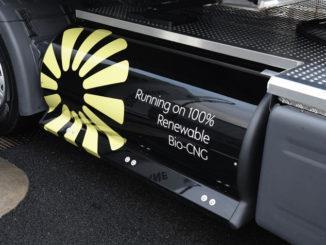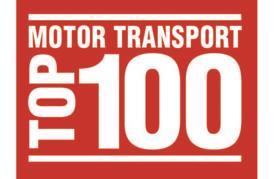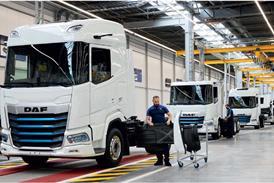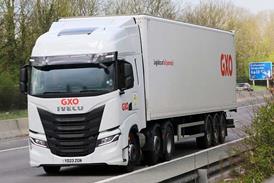
The FTA has hailed new figures showing a dip in HGV greenhouse gas emissions as "a positive and encouraging step" in its bid to help the government achieve its proposed 15% reduction target by 2025.
THE 2019 results from the FTA's Logistics Emissions Reduction Scheme (LERS) showed members of the voluntary group achieved a 4% reduction in their greenhouse gas (GHG) emissions last year and decreased their average kg of carbon dioxide equivalent (CO2e) per vehicle km to 0.72, from 0.75 in 2017 and 2016.
However, while describing the results as "impressive", the FTA admitted that achieving the 15% reduction target will remain a challenge for industry in the short term.
The report also highlighted LERS members’ efforts to ensure they are operating the cleanest vehicles available; 58% of the group’s HGVs are Euro-6 standard, up from the 48% in 2017.
Read more
- UK becomes first country to enshrine 2050 net zero greenhouse gas target in law
- DfT calls on industry to reduce greenhouse gases by 15% by 2025
- CNG Fuels to pump out another five biomethane gas stations this year
“We are thrilled that members of LERS have continued to achieve a downward trend in their emissions since 2010," said FTA environment policy manager, Rebecca Kite. "The scheme has continued to grow throughout the past 12 months and now represents 142 members, accounting for 99,238 commercial vehicles.
“In 2019, we launched an online guide specifically designed to provide fleet operators with advice on reducing their fuel consumption, as well as their emissions. The outcome has been staggering and extremely impressive, with results showing LERS members are 13% more fuel efficient than the industry as a whole. With this evidence, we can demonstrate to government that the industry is committed to climate change, without the need for additional regulations and taxation.”













![Mercedes-Benz_eActros_600_(1)[1]](https://d2cohhpa0jt4tw.cloudfront.net/Pictures/274x183/8/2/0/17820_mercedesbenz_eactros_600_11_978080.jpg)


